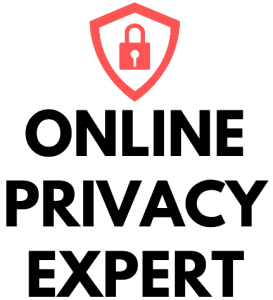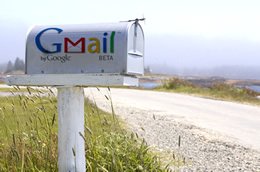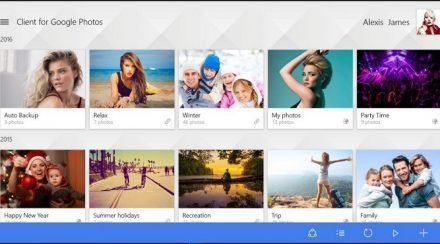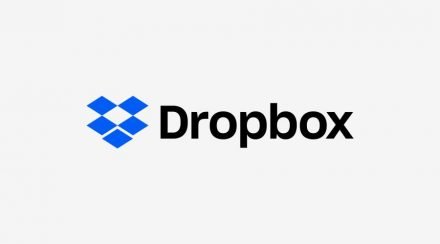Linkedin has made professional networking simpler for everyone who is serious about their career. Almost all the major companies use Linkedin to fill vacant positions and millions of competent professionals use Linkedin to find their dream job. Since it is a professional platform Linkedin’s users have to provide accurate personal and profession related data. This is why Linkedin users are naturally concerned about how their data is being handled by Linkedin and how they can improve their privacy while using this service. Some important Linkedin privacy related questions and their answers are as follows:
● How does Linkedin deal with user privacy?
Linkedin protects user data by Encrypting user data, designing secure software and applications, limiting access to user data, putting risk management program in place, and providing two-factor authentication for user accounts.
● How can you improve your privacy if you use Linkedin?
You can improve your Linkedin privacy by turning on two-factor authentication, reviewing the third-party apps you have attached with your Linkedin account, and controlling ad data collection.
● How can you get information removed from Linkedin?
You can delete your Linkedin account to remove all your data associated with it.
● How can you find out what information Linkedin has about you?
Linkedin gives its users the option to download a copy of your data to find out what data they hold about you.
● Does Linkedin tell you who they share your information with?
Linkedin shares your data with your employer, linked services, Linkedin affiliates, service providers, and law enforcement agencies.
● Does Linkedin remove user information from third parties?
Linkedin can only remove user information that they have shared with their affiliates and they can’t remove user data from all the third parties.
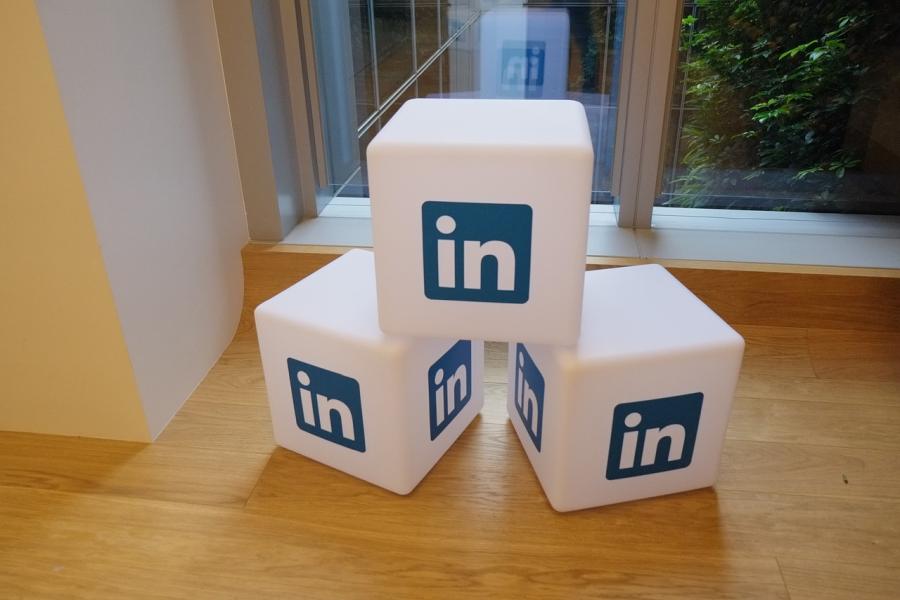
Since Linkedin is not an entertainment or socializing medium users are bound to provide accurate personal information when setting up their Linkedin profile. And with increasing threats of cyber-attacks and data breaches, it is up to the users to make themselves more aware of Linkedin’s data security practices and the options they have to improve the level of privacy they have on this platform. And this article is going to answer all of your Linkedin privacy-related questions that you might have in your mind so keep reading.
Contents
- How does Linkedin deal with user privacy?
- How can you improve your privacy if you use Linkedin?
- How can you get information removed from Linkedin?
- How can you find out what information Linkedin has about you?
- Does Linkedin tell you who they share your information with?
- Does Linkedin remove user information from third parties?
How does Linkedin deal with user privacy?
Linkedin is a part of Microsoft that allows Linkedin to employ some of the most sophisticated user data privacy measures in the tech industry. Although the communications on Linkedin are not encrypted from end to end other data privacy measures allow Linkedin to maintain user data privacy. Measures that Linkedin uses to ensure user privacy are as follows:
● Encrypting user data:
As we mentioned above Linkedin doesn’t use end to end encryption for their platform but they use transport-level encryption to make sure that user data is not intercepted or viewed while it is being transferred from user’s device to the Linkedin servers. Data like user password is also stored in encrypted form to ensure that not even Linkedin employees can find your Linkedin account’s password. And Linkedin claims that they are already working on improving the level of encryption for their platform in the future.
● Designing secure software and applications:
Hackers and malicious individuals use the flaws and bugs in the software to breach the data of users. Which is why Linkedin designs their software and applications with user privacy and data security in mind. Developers follow certain policies and practices to make sure that Linkedin websites and apps are developed with features and options that ensure user privacy.
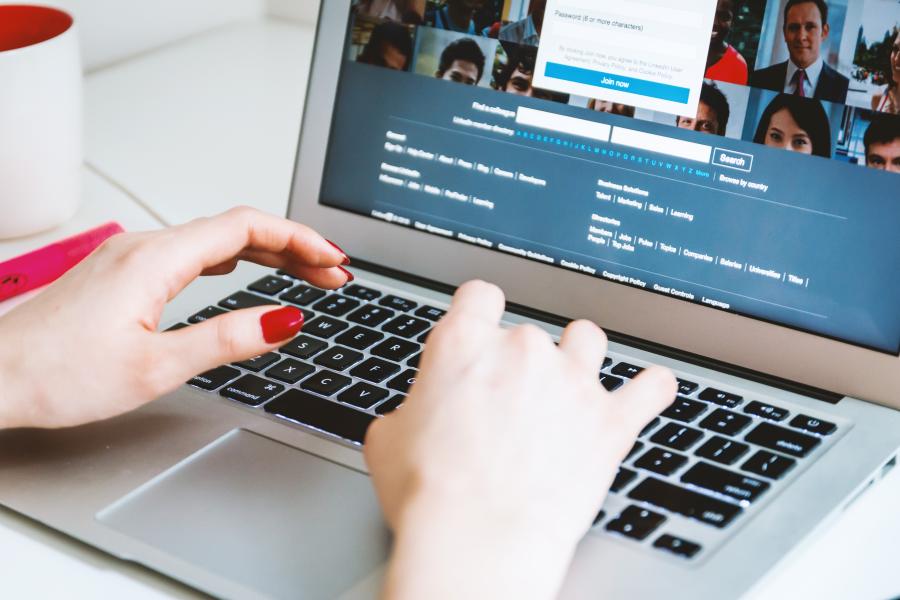
● Limiting access to user data:
Data centers and servers of Linkedin that contain sensitive user data are always under strong surveillance to prevent any unauthorized individuals from gaining access to user data. But even the employees of Linkedin can’t access user data unless their job involves maintaining or handling user information. And the level of access an employee has to user data is also limited to only the specific type of data they need to perform their job.
● Putting the risk management program in place:
Linkedin has a risk assessment and management program in place to find out any vulnerabilities in their programs and infrastructure. This allows Linkedin to make sure that their data security infrastructure is up to date and ready to handle any threats.
● Providing two-factor authentication for user accounts:
Linkedin allows its users to set up two-factor authentication which is an additional layer of security on top of the account password. This feature enables users to prevent any unauthorized individuals from accessing their Linkedin account even if they somehow get their hands on the account password. By asking for a unique code along with the account password users can control the privacy of their account in a better way.
How can you improve your privacy if you use Linkedin?
No amount of firewalls and risk management can guarantee safety from data breaches. This is why it is important for Linkedin users to take some of the responsibility of protecting their privacy. You can improve your Linkedin privacy by doing the following:
● Turning on two-factor authentication:
As explained in the previous section two factor authentication allows you to prevent unauthorized access to your account and adds a much needed extra layer of security to your Linkedin account. You can turn on two-factor authentication by logging into your Linkedin account on the official Linkedin website and clicking on your profile image. From the drop-down menu pick “Settings and privacy” and then in the “Login and security” section click the “Change” button next to two-step verification. Next click on turn on and if you are asked to enter your password provide your password and then simply pick the method you want to use for activating two-factor authentication. You can either use the SMS or authenticator app option to receive the unique authentication code that you will use to log into your account along with your password.
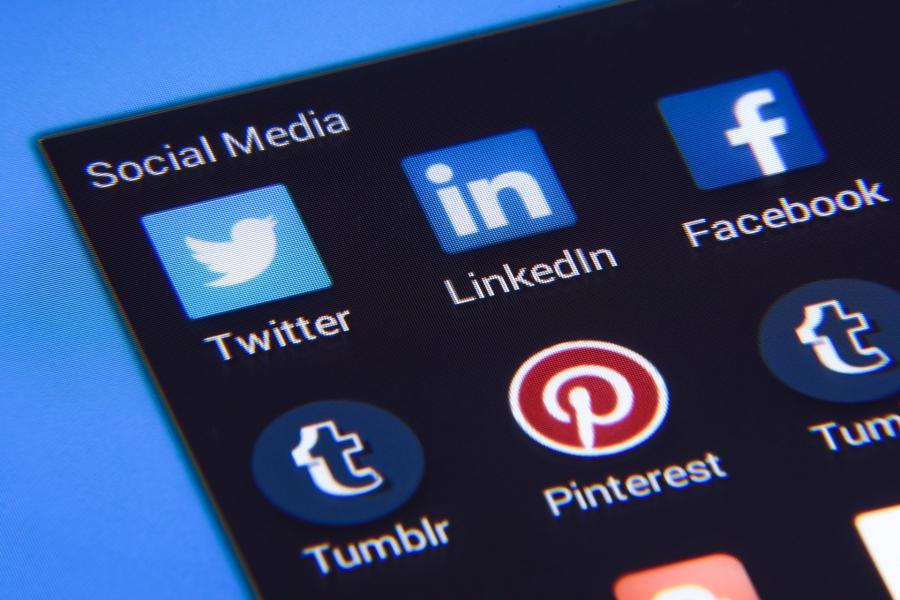
● Reviewing and removing the third-party apps you have attached with your account:
When you attach a third-party app to your Linkedin account you are allowing the third-party app to access your user data. Whether you used your Linkedin account to sign up for a certain service or any other reason it is important to review what apps have access to your Linkedin account data. You can review the third-party apps linked with your Linkedin account by logging into your account at the official website of LinkedIn and then clicking on your profile photo icon. Next, select the “Settings and privacy” option and then click on the Account tab. In the Account menu, you will have to find and click on “Permitted services”. Here you will find all the apps that have access to your Linkedin and you can also remove any app if you want to.
● Controlling ad data collection:
Linkedin just like any other online platform collects user data that is used for advertisement purposes. Linkedin collects data about your activity on Linkedin and other linked accounts or services and based on your activity Linkedin shows you a relevant advertisement. You can stop Linkedin from collecting advertisement information from your account by clicking on your profile picture icon or “Me” option and then selecting “settings and privacy” from the drop-down menu. Then find and click on the “Ads” option to manage different advertisement data collection settings. You can also turn off targeted ads, ad personalization, and much more in the “Ads” section of your account settings.
How can you get information removed from Linkedin?
You can delete your Linkedin account if you really want to remove all of your data that Linkedin has stored about you. To delete or close your LinkedIn account you can simply go to https://www.linkedin.com/psettings/account-management/close-action-needed select the reason for deleting your account and provide your password to delete your Linkedin account and all the data associated with it.
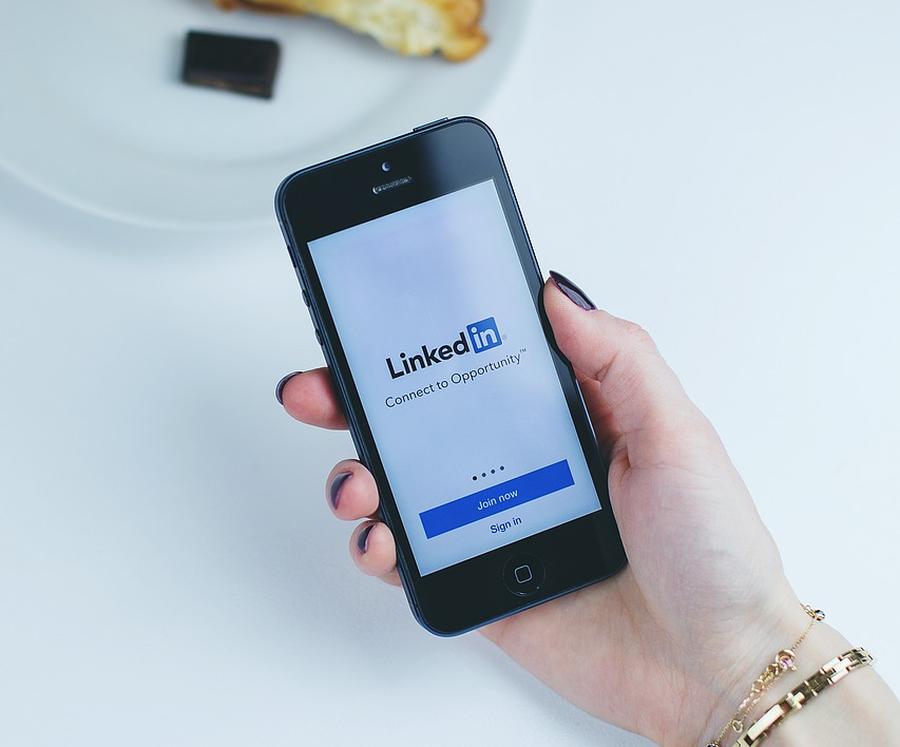
How can you find out what information Linkedin has about you?
Linkedin gives you the option to download a copy of your data to know what information they hold about you. You can download a copy of your Linkedin data by logging into your Linkedin account at the official website and then clicking on your profile picture icon to open a dropdown menu. From the drop-down menu pick “Settings and privacy” and then select the “Privacy” option from the next page. Find the section named “How Linkedin uses your data” and under this section, you will find all the different types of data Linkedin has about you. You can select the data you want to download and then click on the “Request archive” option and an email will be sent to you containing the link to your data.
Linkedin mentions a list of third parties and services in their privacy policy that they share user data with. These third parties and services include:
● Your employer:
If you are using Linkedin’s enterprise service that has been provided to you by your employer then your employer can access how you use these enterprise services and all your data associated with these services. So if your employer has provided you with a Linkedin enterprise service try to use that account for the purpose it is provided to you only to prevent your employer from accessing any personal data through the services they provide to you.
● Linked services:
When you link an app or service with your account then these apps can have access to your Linkedin profile data. Even if you link your account to a social media website such as Twitter or WeChat and share something on these third-party platforms then these social media websites can also get your account data. So make sure to only attach your Linkedin account with services you trust.
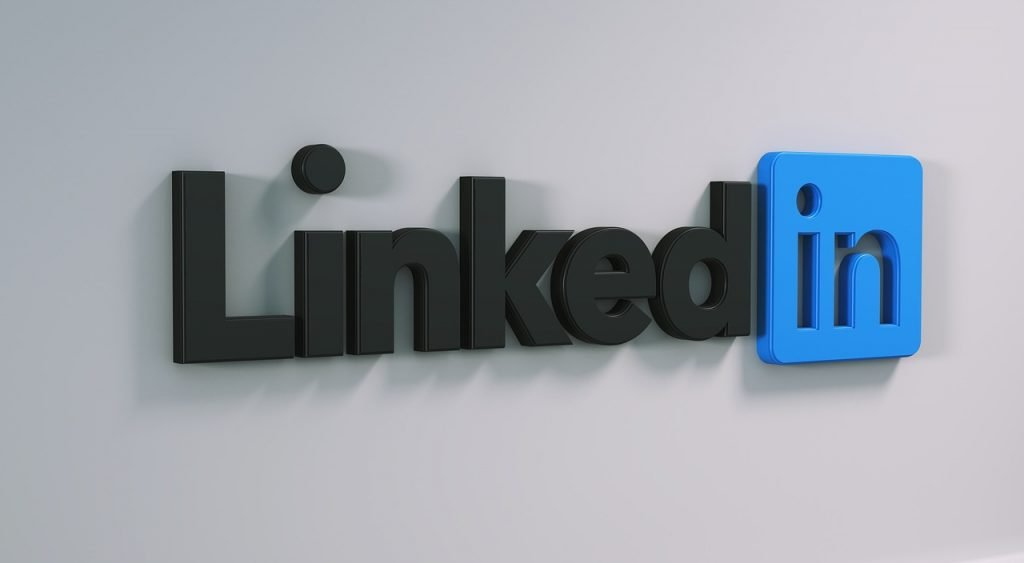
● Linkedin affiliates:
Linkedin is a part of Microsoft group of companies and they also share user data among other Microsoft owned companies. Luckily the data Linkedin shares with its affiliates are protected under their privacy policy and you can get it removed.
● Service providers:
Linkedin employs various service providers to help them in providing their services to the end-user. These service providers include advertisement partners, financial institutions that process any payments made through Linkedin, and other similar partners that fulfill various outsourcing needs of LinkedIn and Linkedin has to share a certain amount of user data with them based on what kind of outsourcing service the provider is giving to Linkedin.
● Law enforcement agencies:
Like any other tech company, Linkedin is obliged by law to share user data with law enforcement or the courts if required by the law of the country. Or in case of investigating a breach of terms and condition, fraud, or any similar misconduct.
Does Linkedin remove user information from third parties?
Among the third-party partners, only the affiliates of Linkedin comply with Linkedin’s privacy policy therefore Linkedin can only remove your data from its affiliates and not from all other third parties.
